10 Health Foods That Aren’t Actually Healthy
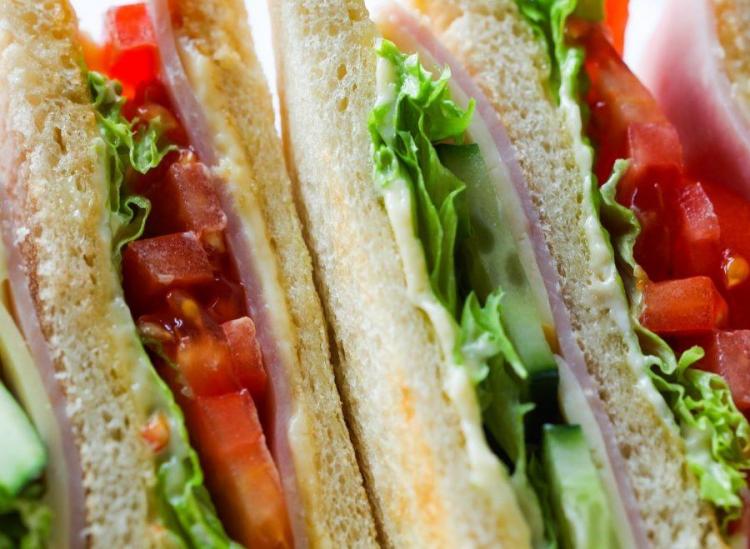
Pixabay
It feels impossible to make the best food choices when you can’t trust half of the “natural” and “healthy” labels that pop up throughout the grocery store. That’s especially the case when it comes to products the health community has raved about for years.
So how do you know what’s actually good for you? Below are 10 “healthy” buys we all go for that we might be better off avoiding and why. (Don’t worry, we suggest some solid replacements so you still end up with a basket full of goodies to get you through the week.)
1. Protein Bars
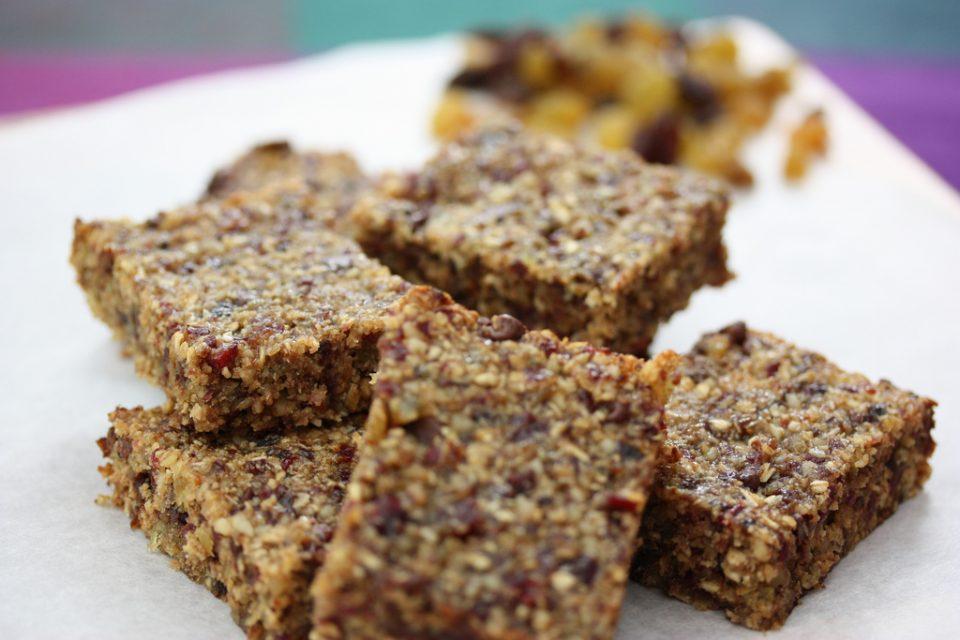
Flickr
These guys seem like a good idea, but many of them overdo it with sugar and fat, and they actually provide more protein and calories than most of us need in snack form. Not to mention, they can be pretty unsatsifying, leaving us wanting another snack a little too soon after eating them. You’re better off opting for real food that also packs a nice protein punch, like apple slices with your choice of nut butter.
2. Cold Cuts
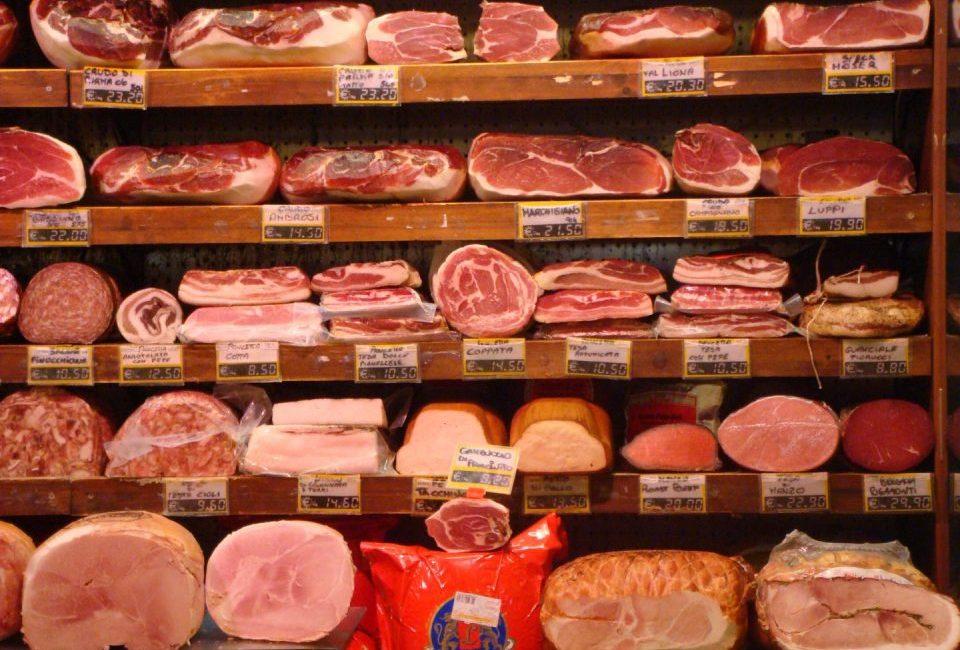
Wikimedia
It feels healthy to grab those slices of lean turkey breast for your sandwiches, but cold cut meats aren’t nearly as good for you as their freshly-cooked counterparts. Many deli meats are cured and loaded with way more sodium than you probably realize. So for a fresh alternative that is just as convenient, grab one of the rotisserie chickens near the deli counter and carve that baby up for some killer tasty (and healthy) lunches.
3. Grain Breads
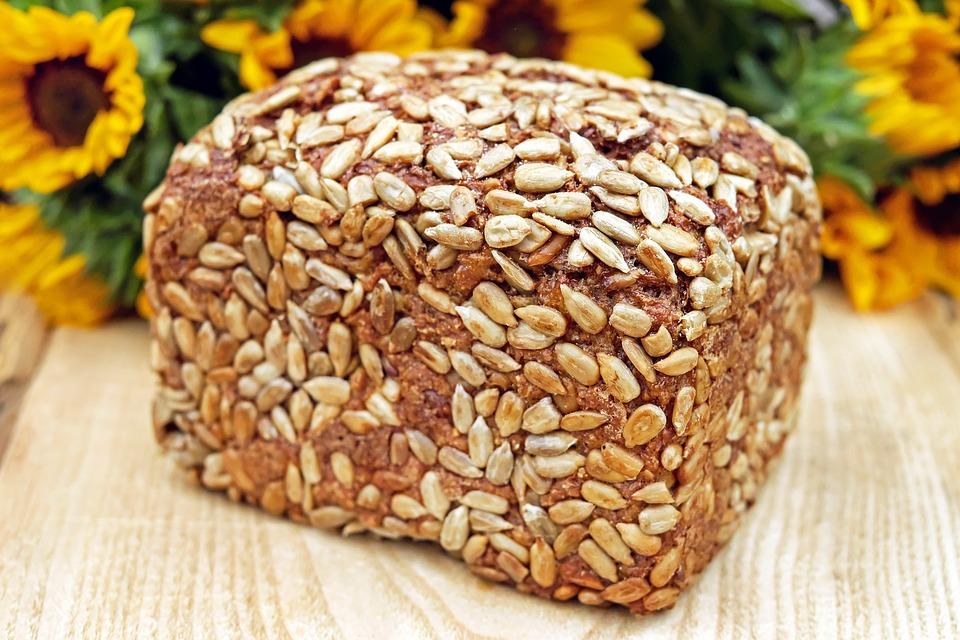
Pixabay
Yes, whole grains are good for you, but when it comes to bread, you really need to read that ingredient label. If a whole grain isn’t listed first, then that bread option isn’t as nutritious as you think it is. Also, watch out for sneaky sources of added sugar. Luckily, there are a few bread brands that really get it right and taste amazing (Bread Alone is one of our favorites) so you don’t have to swap this sandwich staple entirely.
4. Sushi
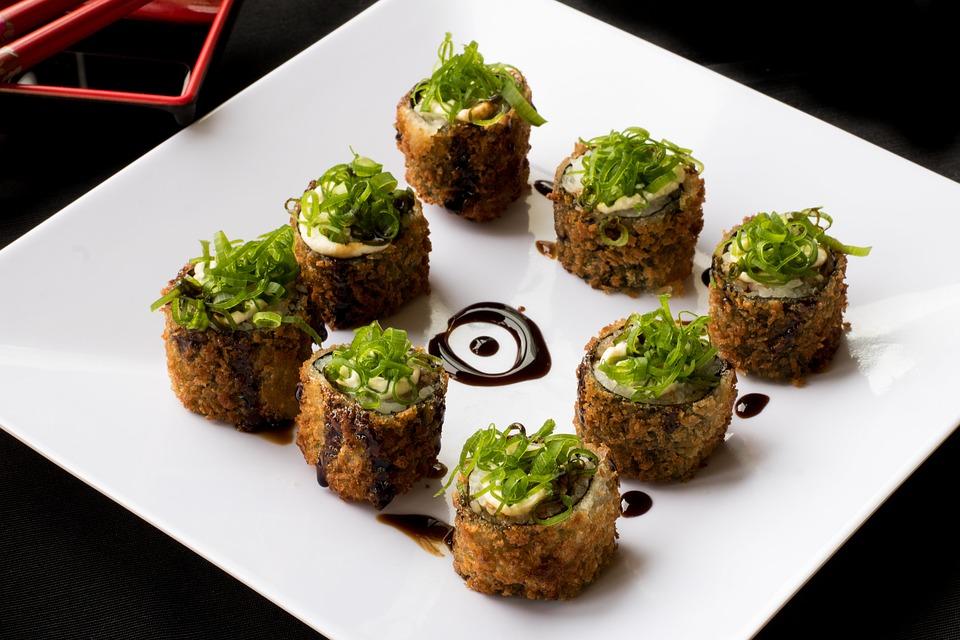
Pixabay
Sorry to crush your dreams, but that tempura (read: battered and fried) specialty roll — or even the spicy tuna roll loaded with sriracha mayo — isn’t doing your diet any favors. Plus, most sushi rice includes added sugar to give it the stickiness it needs to hold the rolls together. To go the healthy route, opt for sashimi, pure and simple. If the fish is fresh, it should be plenty tasty without dousing it in batters, sauces and other secretly-caloric toppings.
5. Fruit Juice
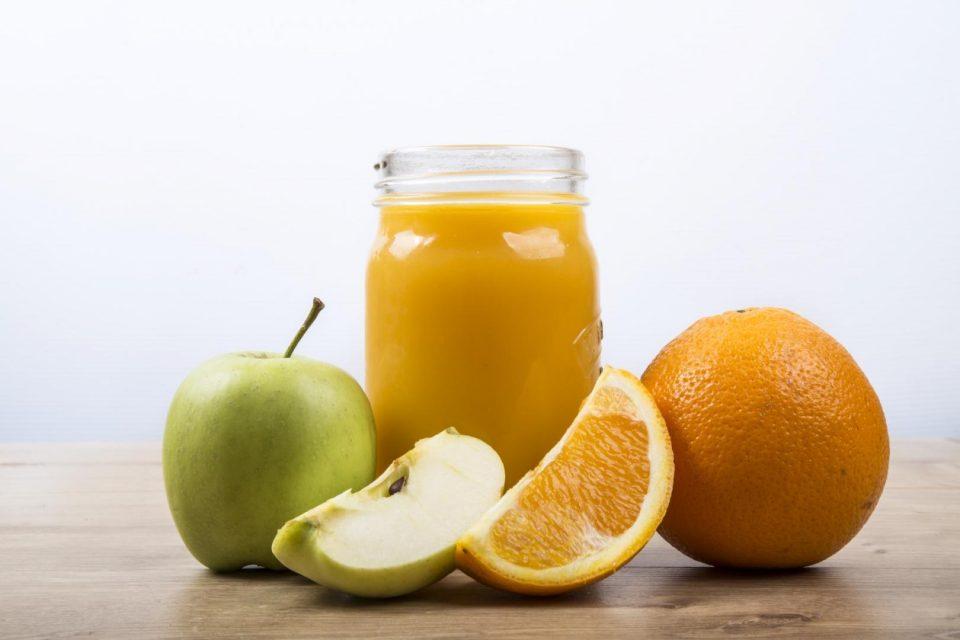
Public Domain Pictures
Newsflash to all the dedicated juicers out there: you’re getting all the sugar from the fruits and veggies (but mainly fruits) your squeezing to a pulp and losing all the healthy fiber they could be giving you. And if you’re buying juice in the grocery store aisle, you could be making matters even worse. The best way to navigate around this one is to just drink water and eat your favorite fruits and vegetables whole. That way, you get the flavor, nutrition and hydration. Win win win.
6. Flavored Instant Oatmeal
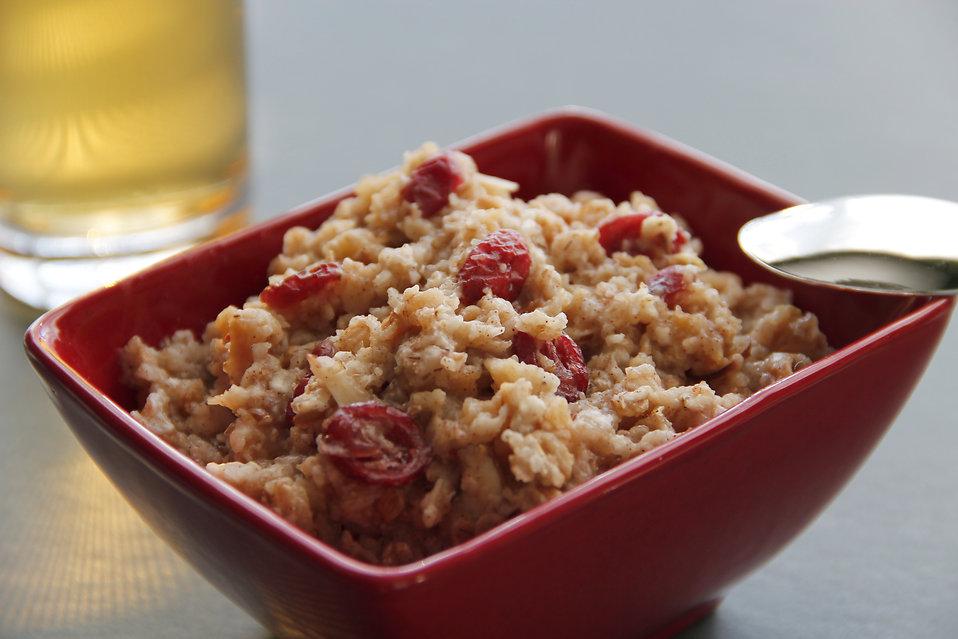
Free Stock Photos
Steel-cut oats? Good. Old-fashioned oats? Also good. Instant oats? Still fine. Just stay away from the flavored packets, because all you’re doing is dousing a perfectly healthy meal option with unnecessary sugar. Plus, there are so many yummy ways to jazz up your oatmeal with fresh ingredients. Cook your oats in a dairy or nut milk of your choice, mix in a little vanilla extract and ground cinnamon, and top with walnuts and sliced banana. Yes, it’s a little more work, but it tastes so good you won’t even consider buying pre-flavored packets ever again.
7. Trail Mix
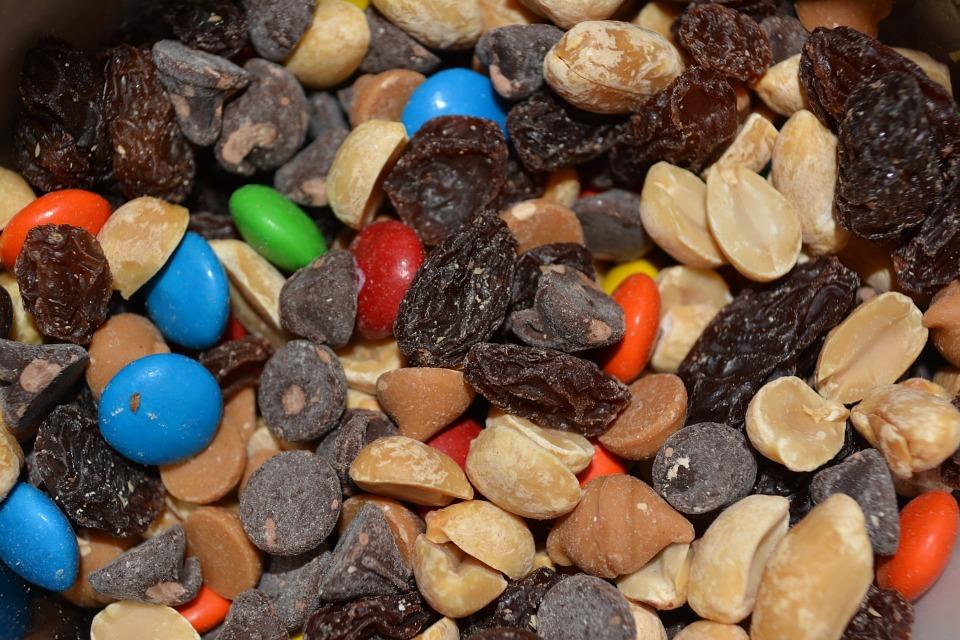
Pixabay
Trail mix can be a tough one. When it’s made with raw, unsalted nuts and a few dried fruits, and pre-portioned correctly, it makes for a very balanced and effective snack. But most coveted trail mixes are loaded with candies, chocolate chips, peanut butter chips and salty nuts and crackers. Talk about overload. If you’re someone who can’t honestly eat a quarter of a cup of this stuff and call it a day, it’s best to just avoid this high-sugar, high-fat calorie bomb altogether. Opt for some natural popcorn with a little sea salt instead; you can keep snacking with little caloric consequence and snag a solid serving of whole grains at the same time.
8. Reduced-Fat Peanut Butter
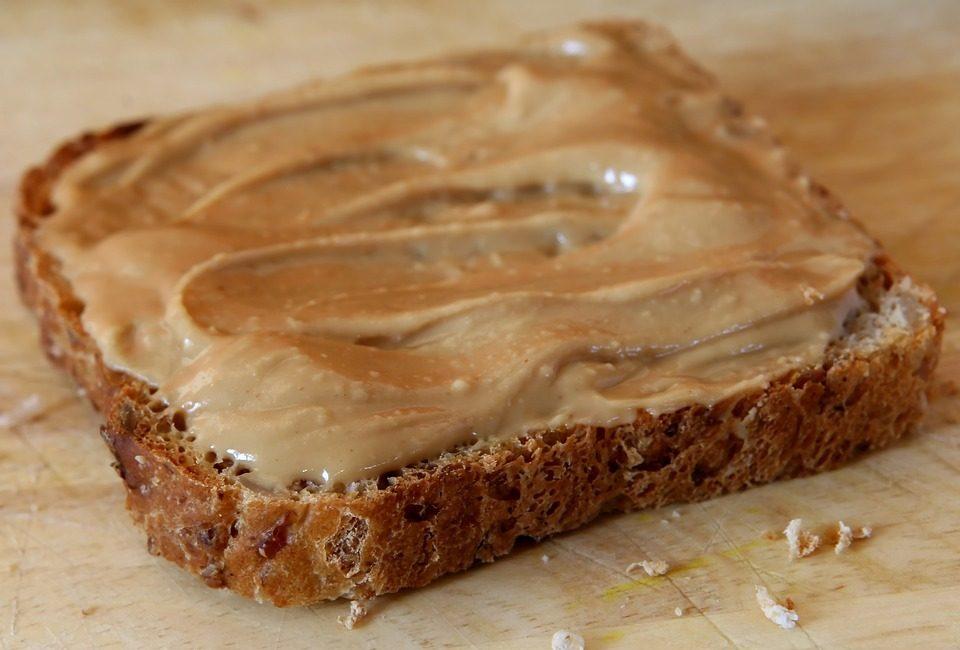
Pixabay
This one seems counterintuitive, but you’re actually better off buying the traditional full-fat peanut butter when it comes to your health. The process through which manufacturers reduce the fat content requires the addition of sugar and carbohydrates, so you’re trading one health warning for two new ones. It doesn’t take a genius to figure out that this equation doesn’t balance out in reduced-fat peanut butter’s favor. So go classic and enjoy the indulgence — in moderation, of course. Peanut butter is a serious, calorically-dense food.
9. Granola
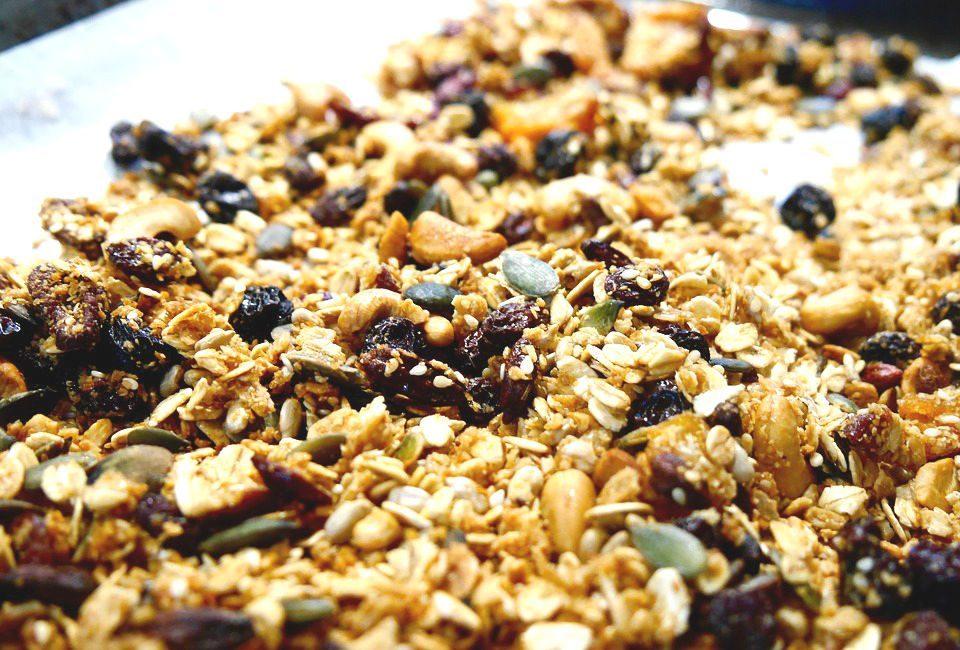
Pixabay
Granola is in the same camp as trail mix. Sure, it’s a healthy alternative to sugary cereals that lack nutritional value entirely, but it’s still full of fat, sugar and calories and super easy to overeat (a typical serving is a quarter of a cup). The best alternative here is to just make it yourself. You can then add your favorite grains, nuts and fruits without overdoing it on added sugar. But if you know you won’t ever stop at one serving, maybe ditch it for a while and replace it with oatmeal. They share the same flavor profile and it’ll keep you just as full.
10. Yogurt With Fruit On The Bottom
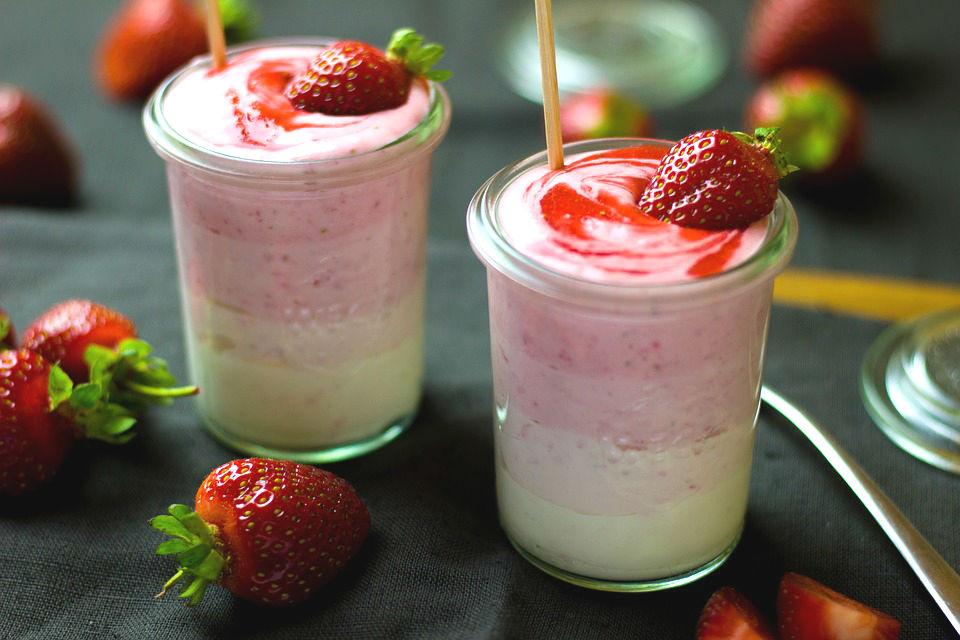
Pixabay
A cup of yogurt can be one of the best go-to breakfast options, but when you pick one that comes with fruit on the bottom, you’re immediately overdoing it with added sugar at the beginning of your day and potentially losing the benefits of the active cultures in the yogurt. The solution here is simple, folks. Just add your own fruit! Buy plain Greek yogurt (the fat content is up to you) to get a nice protein boost, and top it with your favorite berries, melon, mango… the list goes on and on. You’ll actually enjoy both the flavor and nutritional benefits you were aiming for in the first place.











